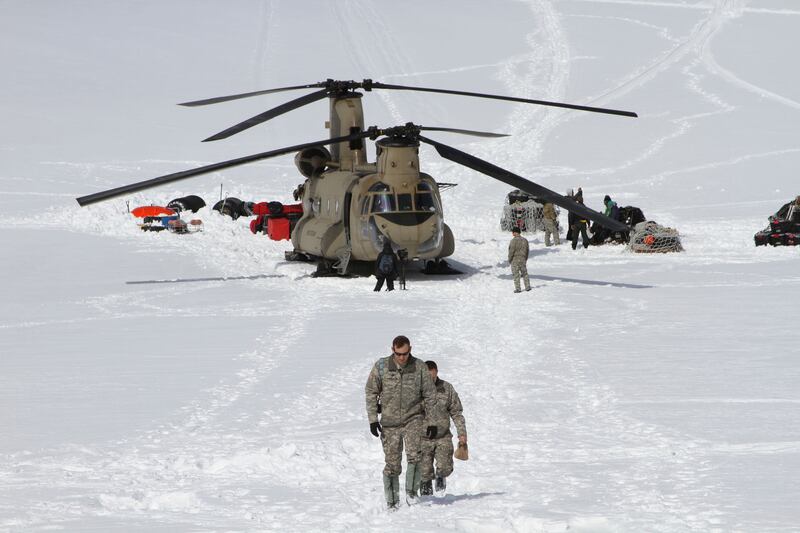Over the past two years, pilots have faced immense difficulty as the outbreak of Covid-19 led to planes and helicopters being grounded worldwide. Yet, with the tourism and critical infrastructure operations resuming around the globe in recent months, there has been an evident shortage of available pilots, particularly in the rotary flight workforce. That shortage can be addressed, but it will require increased training opportunities within dedicated, advanced flight schools.
Beyond the repercussions as a result of the coronavirus pandemic, a number of other explanations can attest to this shortage.
With the world deepening its interconnectivity, more industries are increasingly using helicopters, known for their versatility, and rotary flight to expand their capabilities. The problem is that as seasoned pilots begin to retire and an increasing number of positions open within rotary flight, the employment gap is growing wider. According to a November 2020 pilot job outlook by CAE, a Canadian civil aviation company, pilots are retiring at a rate of nearly 4 per cent per year. About 14,500 openings for airline and commercial pilots are projected each year, on average, over the next decade, according to the US Bureau of Labour Statistics’ Employment Projections. That means nearly 150,000 new airline pilots will be needed by 2030. The transition additionally creates a knowledge gap, as young pilots who remain in the industry will not yet have the same experience as retirees.
Large airlines and corporations also influence younger helicopter pilots to transition to fixed-wing positions, or standard airplanes, using enticing employment packages as incentive. According to the 2021 Pilot Outlook Report published by the Boeing Company in the US, by 2038 nearly four times as many helicopter pilots will be needed worldwide than are working right now. That’s a shortage of about 61,000 helicopter pilots.

Rather than perceive this shortage as a disadvantage, the increased need is a sign that the industry is moving forward and creating valuable change.
Each year, new industries incorporate rotary flight into their operations, as their use and benefits continue to expand and develop. Contrary to the limited military purposes that helicopters served when they were first invented – in the run-up to the Second World War in the late 1930s – they are now used in almost every industry, including medical, entertainment, utility and corporate. Helicopters are ideal for rescue missions and medical emergencies, but their advanced technology, three-dimensional capability and capacity to manage turbulent weather conditions make them the ultimate multi-purpose tool. The industry is expanding, creating the kind of growth opportunities from which young pilots and new employees will directly benefit.
Advancements in flight technology have led to a boom in the aviation industry. With more helicopters in operation than ever before, there is a greater need for fully trained, qualified pilots. This makes it the perfect time for those interested to take advantage of the opportunities that lie ahead. The aviation industry is key to businesses around the globe and to everyday life, meaning there will always be a need for pilots. A properly trained and qualified pilot is likely to have job security for the next 20 years or more. Because of the variety of fields that now ulitise helicopters, there are virtually no limits to what a pilot can do or where they can be located.
With increased job openings, it is imperative that new pilots are prepared to enter the workforce at the highest standards available. Training programmes must adapt to changing demands, such as requiring fewer student flight-time hours that do not necessarily contribute to a more skilled pilot. These actions can reduce costs for students and create a simpler, streamlined way to undertake pilot training and schooling.
Dedicated flight schools that offer unique, bespoke rotary-wing training courses will be crucial to building back the workforce. Flight schools, therefore, need to be investing in the latest training technology, including flight simulators, as well as expanding advanced courses within single and twin-engine helicopter training programmes. Offering specialised and diverse curriculums, including deep dives into skills such as night flying, resource management and safety, can provide students with a comprehensive education that will contribute to their interest in the field. A diverse curriculum would additionally elevate their ability to adapt to changing demands or industries within the scope of the rotary flight.
The aerospace industry is one that will inevitably go through profound change, seemingly the only constant in a field that depends on dynamic movement, cutting-edge technology and ever-increasing speeds. It is one that will continue to play a pivotal role in an increasingly globalised and interconnected world, and one that will require a strong, continuously growing workforce. It is up to the pilot-training community to build and retain that workforce through strong programmes that match the bold, fast-moving nature of this industry.





